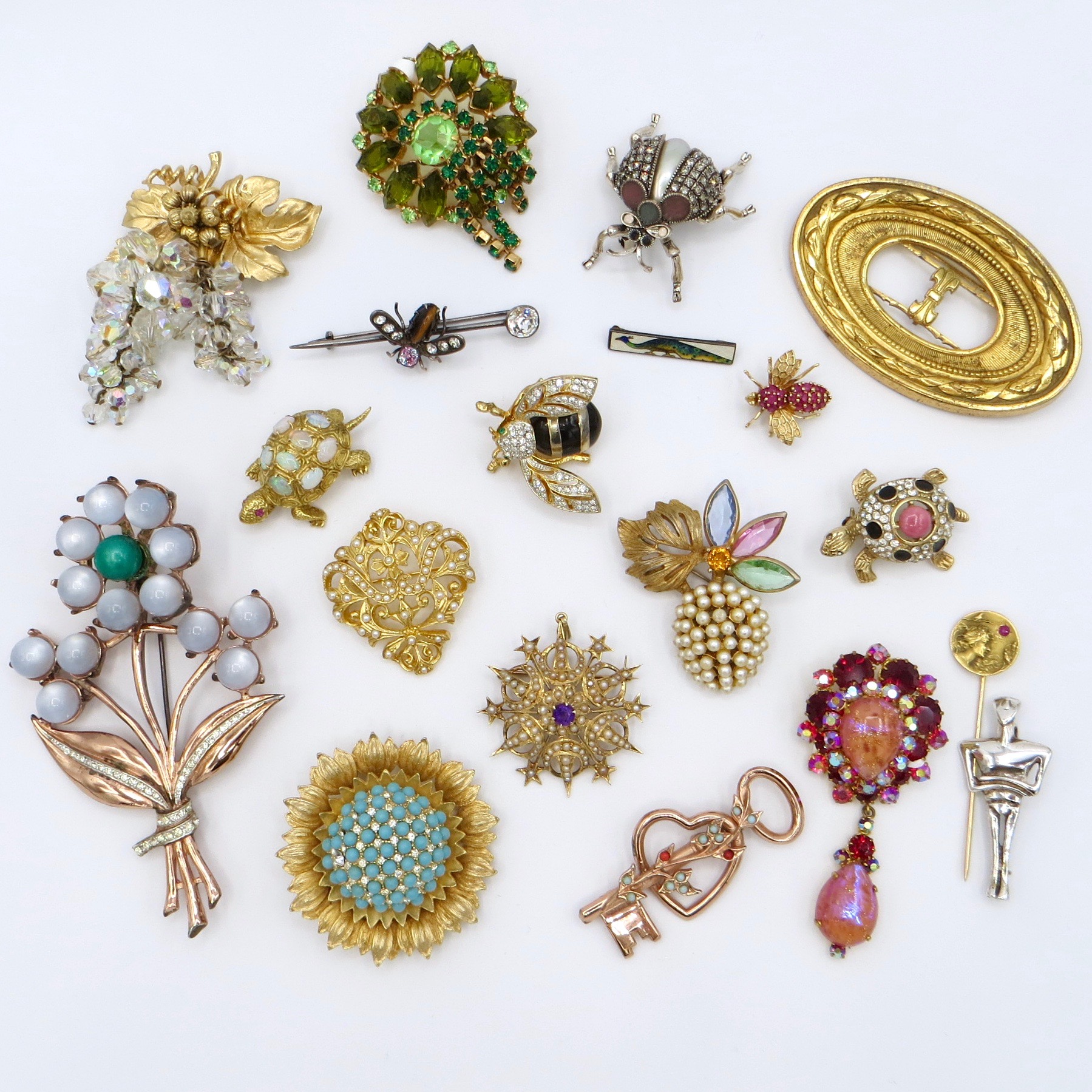Brooches have long been a symbol of elegance and style, evolving through centuries to become an integral part of fashion. From their origins in the Victorian era to their resurgence in modern fashion, brooches have undergone significant transformations, both in design and cultural significance. This article explores the rich history of brooches, tracing their journey from the 19th century to the present day.
The Victorian Era: A Golden Age for Brooches
The Victorian era, named after Queen Victoria of England, was a period of opulence and elaborate fashion. Brooches during this time were more than mere decorative pieces; they were symbols of status, sentiment, and personal expression.
Victorian brooches were often adorned with intricate designs, featuring motifs such as flowers, hearts, and mourning symbols. The use of precious materials like gold, diamonds, and pearls was common, reflecting the wealth and status of the wearer. Mourning brooches, in particular, became popular after the death of Prince Albert, Queen Victoria’s husband. These brooches, often made with jet or black enamel, were worn to commemorate lost loved ones, adding a layer of emotional depth to their beauty.
The Edwardian and Art Nouveau Influences
As the Victorian era gave way to the Edwardian period, brooches began to take on a lighter, more delicate appearance. The influence of Art Nouveau, with its emphasis on nature and flowing lines, led to the creation of brooches that were less rigid and more organic in design.
During this time, platinum became a popular material, allowing for intricate and airy designs that contrasted with the heavier, more substantial Victorian brooches. The use of colored gemstones, such as sapphires, rubies, and emeralds, also became more prevalent, adding a new dimension to brooch design.
The 20th Century: A Time of Change and Innovation
The 20th century brought significant changes to the world of fashion, and brooches were no exception. The Art Deco movement of the 1920s and 1930s introduced bold geometric shapes and vibrant colors, reflecting the modernist ideals of the time. Brooches from this era often featured striking combinations of diamonds, emeralds, and onyx, set in intricate patterns that embodied the glamour of the Jazz Age.
The mid-20th century saw the rise of costume jewelry, making brooches more accessible to the general public. Designers like Coco Chanel and Elsa Schiaparelli popularized the use of faux pearls, rhinestones, and other affordable materials, allowing women of all social classes to enjoy the beauty of brooches. This democratization of fashion marked a significant shift in the way brooches were perceived, moving from exclusive luxury items to fashionable accessories for all.
The Modern Revival of Brooches
In recent years, brooches have experienced a resurgence in popularity, thanks in part to their versatility and timeless appeal. Modern fashion has embraced the brooch as a statement piece, with designers reimagining traditional designs to suit contemporary tastes.
Today’s brooches are often worn in unconventional ways, such as on hats, bags, or even shoes, adding a touch of individuality to any outfit. The influence of vintage fashion has also contributed to the revival of brooches, with many people seeking out antique or vintage pieces to add to their collections.
The rise of sustainability in fashion has further fueled interest in brooches, as consumers look for ways to express their style while minimizing their environmental impact. Vintage and antique brooches, with their enduring quality and craftsmanship, offer a sustainable alternative to fast fashion, making them a popular choice for the eco-conscious consumer.
The history of brooches is a testament to their enduring appeal and adaptability. From the elaborate designs of the Victorian era to the bold innovations of the 20th century and the modern revival, brooches have remained a beloved accessory throughout the ages. Whether worn as a statement piece or a subtle accent, brooches continue to capture the imagination of fashion enthusiasts around the world, proving that true style is indeed timeless.
